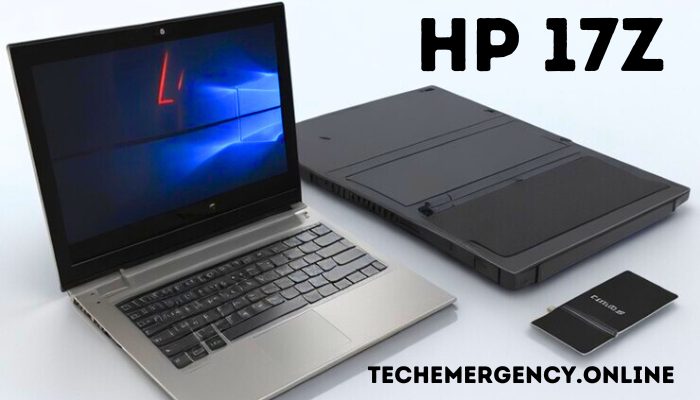1. Introduction
Disregarding the way that it’s everything except an awe-inspiring phenomenon by the current standards, the GTX 470 still holds up for the larger part gaming circumstances, particularly for 1080p objective intelligence. It’s a reasonable choice for relaxed or section level gamers hoping to appreciate smooth interactivity in many titles.
2. Key Specifications of the NVIDIA GeForce GTX 470
- CUDA Cores: 448
- Base Clock Speed: 607 MHz
- Memory: 1.28 GB GDDR5
- Memory Interface: 320-bit
- Memory Bandwidth: 133.9 GB/s
- Power Consumption: 215W TDP
The GTX 470 packs strong specs for now is the right time, giving adequate capacity to numerous standard titles while supporting DirectX 11, which empowers further developed illustrations highlights and enhanced visualizations.
3. Architecture and Technology
The GTX 470 depends on NVIDIA’s Fermi engineering, intended to altogether further develop GPU execution. Fermi presented another plan with more CUDA centers and better memory the board, which assisted with upgrading both graphical constancy and computational power. For gamers, this implies smoother delivering, better lighting impacts, and a generally superior encounter contrasted with past NVIDIA models.
4. Performance in Modern Games
1080p Gaming
At 1080p, the NVIDIA GeForce GTX 470 is very fit for taking care of more seasoned AAA titles and numerous eSports games, like Class of Legends, Counter-Strike: Worldwide Hostile, and Overwatch. In games like these, the card can arrive at agreeable edge rates, ordinarily around 60fps at medium to high settings. While it battles with later, graphically requesting games, you can in any case accomplish playable edge rates by diminishing settings or bringing down the goal.
VR and 4K Gaming Potential
While the GTX 470 backings VR, its restricted memory and handling power make it unacceptable for a smooth VR experience. Likewise, 4K gaming is past the extent of the GTX 470’s abilities because of its more seasoned design and restricted VRAM. Nonetheless, in the event that you’re hoping to encounter computer generated reality or high-goal gaming, ideally, let’s gander at later models.

5. Thermal Performance and Cooling
The GTX 470 was known for its intensity yield, with temperatures frequently arriving at over 90°C under load. To relieve this, NVIDIA furnished the card with a hearty cooling arrangement, including an enormous heatsink and fan. Nonetheless, clients might in any case encounter critical intensity and commotion during broadened gaming meetings. To work on warm execution, guarantee your PC case has great wind current and think about introducing extra fans if vital.
6. Power Consumption
One of the disadvantages of the GTX 470 is its moderately high power utilization, with a TDP of 215 watts. This card requires a vigorous power supply (no less than 550W suggested) to dependably work. While it’s not as power-proficient as more current GPUs, it stays reasonable with an exceptional arrangement. Remember that the powerful utilization additionally adds to its intensity yield, making productive cooling much more basic.
7. Comparison with Competing GPUs
Right when it was shipped off, the GTX 470 was arranged against AMD’s Radeon HD 5850. The two cards were serious, with the HD 5850 possibly beating the GTX 470 in specific benchmarks. Be that as it may, NVIDIA’s predominant driver backing and better DirectX 11 improvement helped the GTX 470 stay pertinent for a more extended time frame.
Today, the GTX 470 contends all the more intimately with other financial plan or section level cards, for example, the GTX 750 Ti or GTX 1050. While these more up to date models have better power effectiveness and thermals, the GTX 470 still holds its ground with regards to crude execution in less requesting games.
8. Overclocking Potential
The GTX 470 offers unassuming overclocking potential. With appropriate tweaking, you can build the base clock speed from 607 MHz to around 700 MHz or more, possibly supporting casing rates by 10-15%. Overclocking can likewise work on the card’s exhibition in heavier games, yet remember that this will bring about expanded intensity and power utilization.
9. Best Use Cases for the GTX 470
The GTX 470 is great for clients who principally play more established games, appreciate easygoing gaming, or need a reasonable card for regular undertakings. It’s a decent decision for:
- Passage level gaming laptops
- Home theater computers (HTPCs) for light gaming and media utilization
- eSports titles and low-request games
10. Pros and Cons
Pros
- Affordable option for 1080p gaming
- Solid performance in older AAA and eSports games
- Supports DirectX 11 features
- Overclockable to improve frame rates
Cons
- High power consumption and heat output
- Limited memory (1.28 GB), restricting high-detail settings in newer games
- Poor VR and 4K support
- No longer supported by NVIDIA driver updates
11. Conclusion
The NVIDIA GeForce GTX 470 might not have the state of the art innovation of present day GPUs, yet it stays a reasonable choice for gamers on a careful spending plan who need fair execution at 1080p. With its Fermi design, strong overclocking potential, and reasonable value, the GTX 470 is a dependable decision for relaxed and passage level gamers. Be that as it may, its powerful utilization, heat result, and restricted VRAM might be a downside for clients with additional requesting needs. In general, the GTX 470 is the most ideal for the people who play less asset serious games or are hoping to fabricate a minimal expense gaming arrangement.




